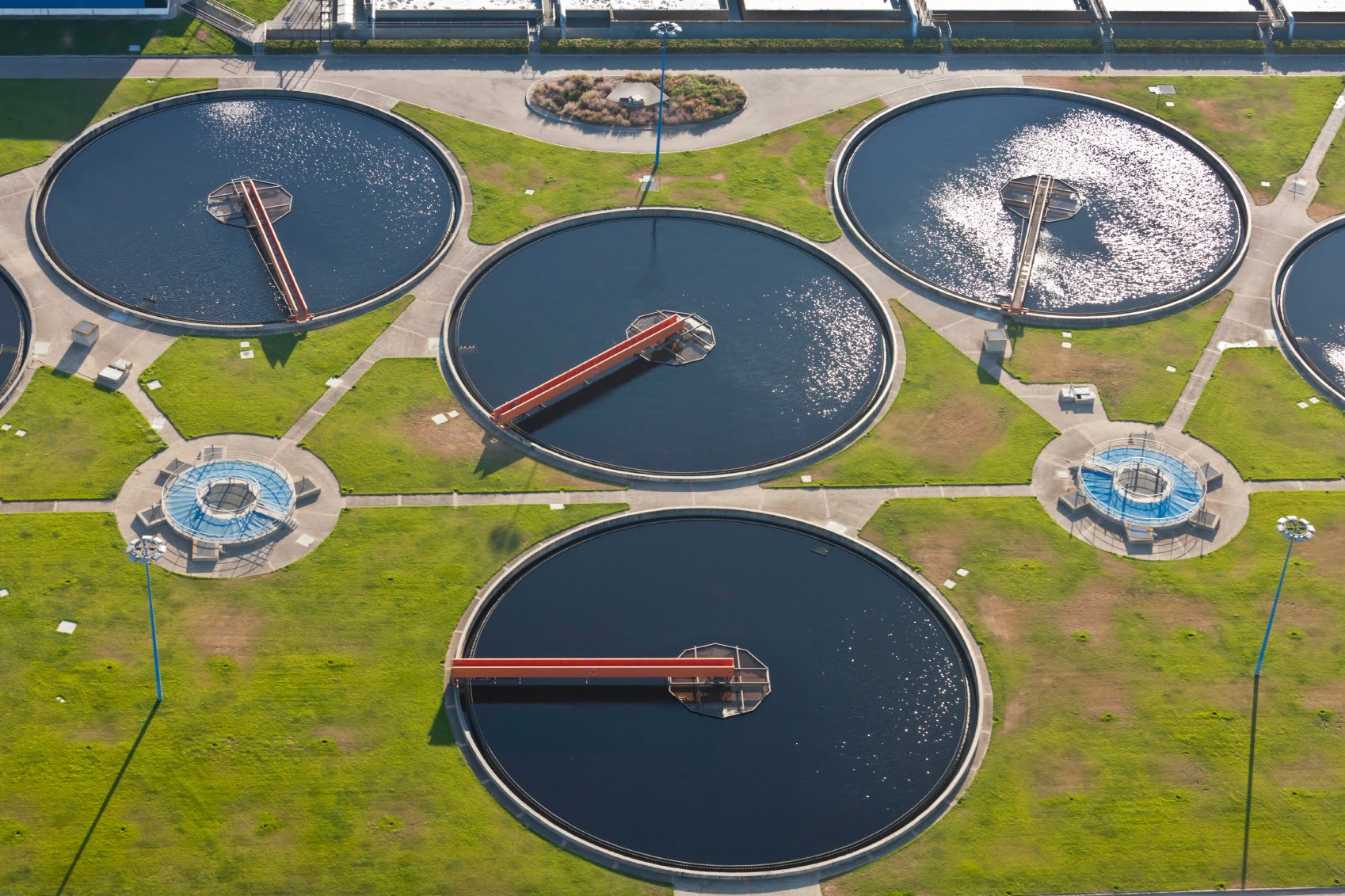Big Mistakes With Electrical Enclosure Cooling in Water Treatment

When choosing the correct electrical enclosure cooling system to be installed at a water or wastewater treatment facility, several important factors must be considered. Because every application has unique and specific requirements, choosing the wrong enclosure cooling type or design could be a big and costly mistake.
Commonly, extremely harsh conditions can exist at water treatment facilities. Highly corrosive liquids, gases and vapors containing sulfur dioxide, chlorine or salt spray are often present. Thus properly protecting electrical components housed inside enclosures are a top priority. The correct NEMA type of enclosure required for the application must be determined and the electrical enclosure cooling system should be compatible with the NEMA rating of the cabinet. Read on to discover the big mistakes you might be making with enclosure cooling for water and wastewater treatment.
Mistake #1: Choosing the Wrong NEMA Rated Enclosure
In order to ensure electrical equipment remains cool and protected from hazardous environmental elements, enclosure specifications should typically meet the NEMA 4X standard.
NEMA 4X enclosures constructed with 304 stainless steel pass a general corrosion test. However, it is important to note that this test does not cover all conditions and that seals, gaskets and other construction materials used to join the electrical enclosure cooling unit to the cabinet should be verified prior to use in areas exposed to aggressive chemicals.
Mistake #2: Selecting a Open-Loop Electrical Enclosure Cooling System
Relying on cooling fans that blow ambient air directly into the enclosure to cool electrical equipment, would be a big mistake. When it comes to preventing harmful contaminants from reaching sensitive electrical components inside the enclosure, the use of a closed-loop cooling system is the only option.
A closed-loop cooling system ensures that the enclosure is kept contaminant free by keeping outside ambient air from entering the electrical enclosure, while at the same time managing temperatures inside the enclosure by transferring heat to the outside.
Mistake #3: Calculating Ideal System Size for Proper Closed-Loop Cooling
Using the enclosure temperature management (ETM) calculator is the best way to determine the ideal electrical enclosure cooling capacity. The ETM calculator takes into account various factors such as heat load, enclosure size and location, and ambient temperature. The results will determine if the application can be sufficiently cooled by the use of an air-to-air heat exchanger or will require an enclosure air conditioner.
A properly sized electrical enclosure cooling system will operate at maximum efficiency maintaining sensitive electrical equipment within the manufacturer’s specified temperature range.
Mistake #4: Ideal Options and Accessories for Cooling in Corrosive Environments
Under normal conditions, standard electrical enclosure cooling systems are designed to accommodate a variety of applications. However, in order to maximize the performance of an enclosure cooling system in a wastewater treatment facility, specific options and accessories should be added for additional protection in corrosive environments.
Since chlorine-based chemicals are commonly used cleaning agents in wastewater treatment, a stainless steel air filter would be a better option by providing longer term protection without the risk of damage from chemical exposure.
In the presence of corrosive chemicals, some air conditioner refrigeration components may be subject to damage. In areas where additional corrosion protection may be required, optional protection packages are available. Condenser and evaporator coils can be specified to include an optional electrostatic epoxy coating. Copper tubing can be epoxy coated and joints can be brazed with high silver content solder for added protection.
When Equipment Failure is Not an Option
Equipment failures have never been an option for water and wastewater treatment facilities which service municipalities with thousands of customers. With proper planning it is possible to identify potential failures and mitigate risks associated with equipment breakdowns. Using remote monitoring devices is an effective way to keep track of what’s happening and will send an alert if issues arise.
In order to avoid potential utility disruptions from electrical enclosure cooling systems, a redundant cooling system should be considered where two self-contained air conditioners share the cooling load for the enclosure. In the event of one air conditioner unit failing, the second would step in to continue to provide uninterrupted enclosure cooling.
The best way to avoid equipment failure is to ensure that the cooling system meets all required specifications. The experts at Thermal Edge have experience with cooling applications in water and wastewater treatment facilities and many other industries, always providing electrical enclosure cooling with the highest level of reliability and efficiency.

